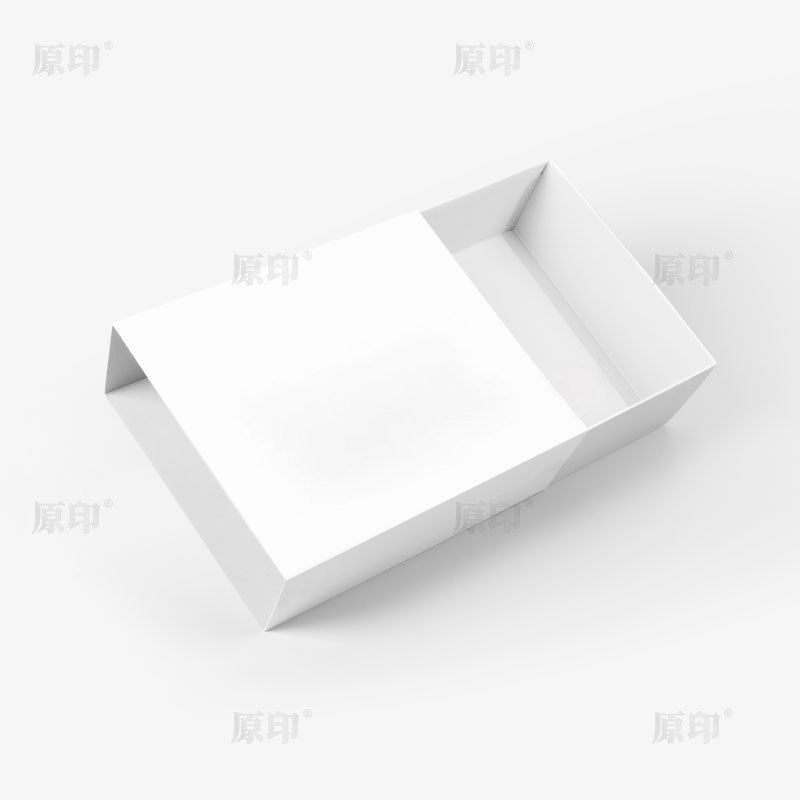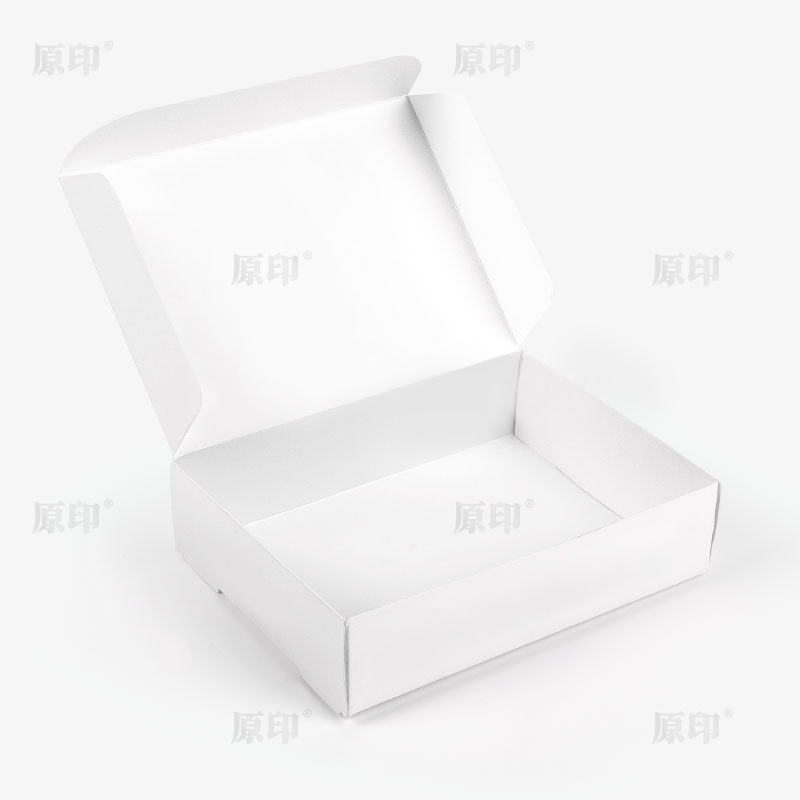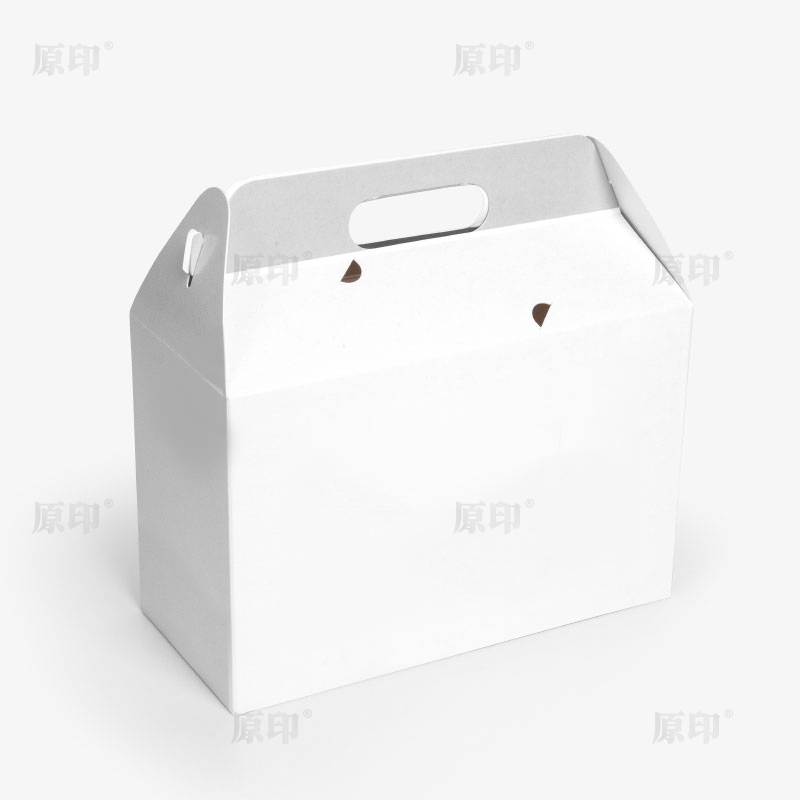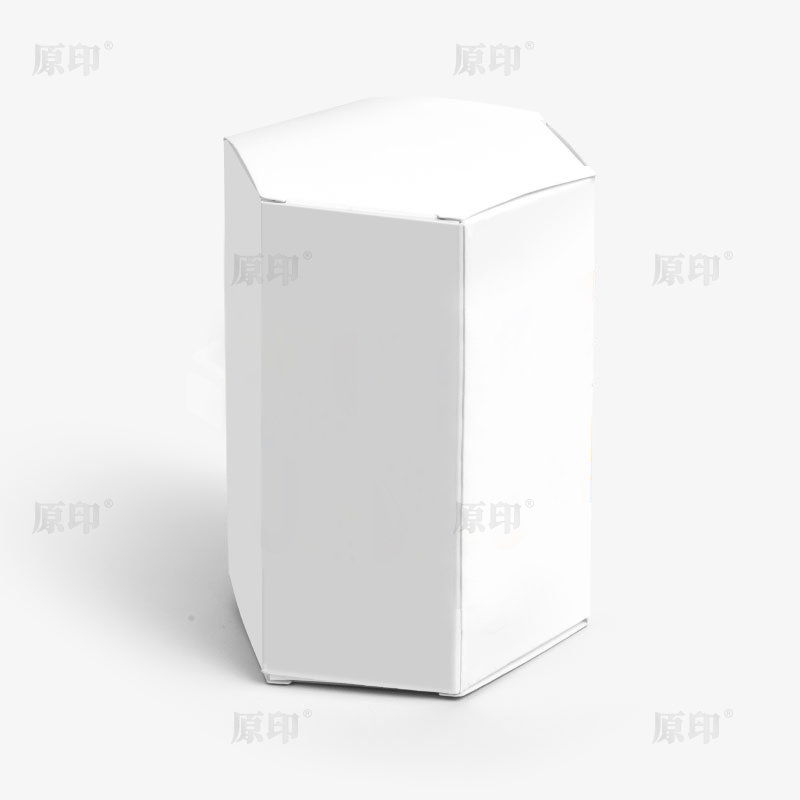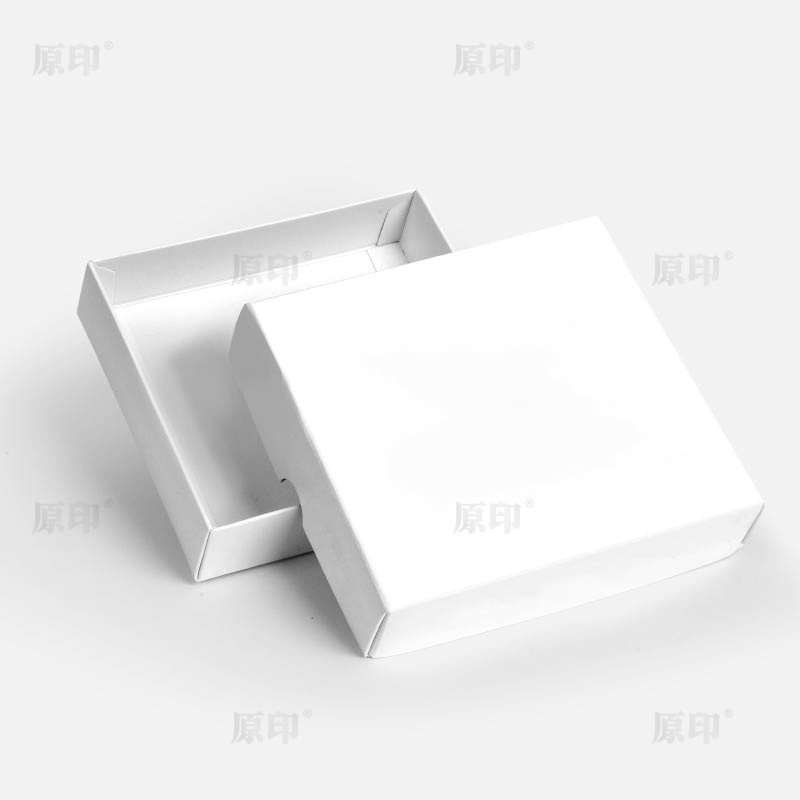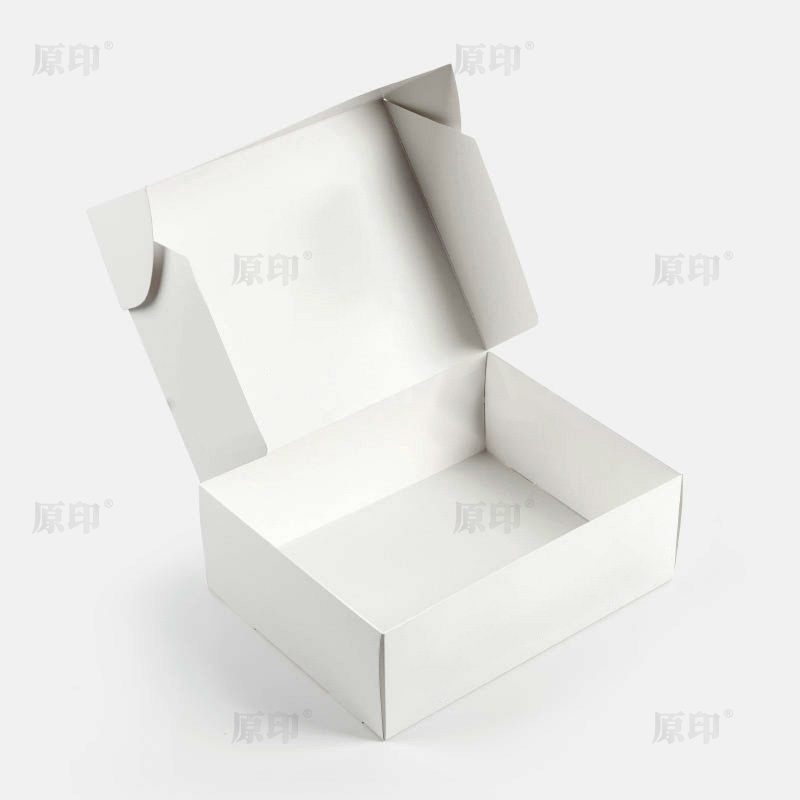Printed paper boxes: the perfect combination of packaging design and function
In modern business and daily life, printed paper boxes (Paper Printed Box) as a common form of packaging, not only bear the function of protecting goods, but also convey brand value and cultural connotations through exquisite design. From food, cosmetics to electronic products, printed paper boxes are almost everywhere. This article will explore the characteristics, production process and wide application of printed paper boxes in various fields.
Printed paper boxes are usually made of recyclable cardboard or cardboard, which has less impact on the environment than plastic packaging. With the global emphasis on sustainable development, more and more companies choose to use environmentally friendly printed paper boxes to replace traditional packaging materials, thereby reducing plastic pollution.
Diversity and customization
Printed paper boxes have high design flexibility and can achieve colorful visual effects through different printing technologies and surface treatment processes (such as hot stamping, UV coating, embossing, etc.). Companies can customize unique packaging solutions based on brand image and market demand to make products stand out on the shelves.
Compared with other high-end packaging materials (such as metal or glass), printed paper boxes have lower production costs and are lightweight, easy to transport and store. This makes it the preferred packaging form for many small and medium-sized enterprises.
Functionality and practicality
Printed cartons not only have beautiful appearance, but also can add functional designs according to actual needs, such as magnetic opening and closing, drawer-style structure or built-in compartments. These designs can not only better protect the goods, but also enhance the consumer experience.
Production process of printed cartons
The production process of printed cartons usually includes the following key steps:
According to customer needs, the designer will first design the packaging structure and pattern, and make samples for customer confirmation. This stage determines the overall style and functionality of the carton.

Printing
Use high-quality printing equipment (such as offset printing machines or digital printers) to accurately transfer the design pattern to the cardboard. The choice of printing technology will affect the color expression and detail presentation of the final product.
Die cutting is to cut the cardboard into the desired shape, while creasing is to leave fold lines on the cardboard for subsequent folding and forming. These two processes ensure the accuracy and consistency of the carton.
Surface treatment
In order to enhance the texture and durability of the carton, it can be subjected to a variety of surface treatments, such as lamination, glazing, local UV or hot stamping. These processes not only improve the grade of the paper box, but also add moisture-proof and wear-resistant functions.
Assembly and quality inspection
The last step is to fold and glue the semi-finished products into a complete paper box, and then conduct strict quality inspection to ensure that each paper box meets the standards.
Application areas of printed paper boxes
Food industry
In food packaging, printed paper boxes are widely used in pastries, chocolate, tea, fast food boxes and other fields. Its safe and hygienic characteristics and good sealing performance can effectively protect the freshness and quality of food.
Cosmetics industry
The cosmetics industry has very high requirements for packaging. Printed paper boxes have become an ideal choice for cosmetics brands with their exquisite design and diverse surface treatment processes. Whether it is a perfume gift box or a skin care product set, printed paper boxes can perfectly show the high-end image of the product.
Electronic products
Small electronic products such as mobile phones, headphones, and smart watches are often packaged in printed paper boxes. This type of paper box not only provides sufficient cushioning protection, but also attracts consumers' attention through simple and atmospheric design.
Gifts and promotions
Printed paper boxes are often used as gift packaging for holiday gifts or corporate promotions. Through customized patterns and texts, the brand image can be strengthened while creating a strong festive atmosphere.
Pharmaceutical Industry
Drug packaging requires a high degree of safety and information transparency, and printed cartons can meet these requirements well. Clear printed content can help consumers quickly understand the use and precautions of drugs.
Future Development Trends of Printed Cartons
As consumers become more aware of environmental protection, the printed carton industry is moving towards a greener and smarter direction. On the one hand, the application of degradable materials and recycled cardboard will become more popular; on the other hand, the advancement of digital printing technology makes personalized customization more efficient and economical. In addition, smart packaging (such as cartons with QR codes or RFID chips) will also become a mainstream trend in the future, providing companies with more interactive marketing possibilities.
Printed cartons have become an indispensable part of the modern packaging industry with their excellent environmental protection, diversity and practicality. In the future, it will continue to play an important role in building a bridge between brands and consumers, while driving the entire industry towards a more sustainable direction.

